NHTSA proposes updated CAFE standards for LDVs, fuel-efficiency standards for HD pickups and vans
Green Car Congress
JULY 29, 2023
NHTSA is also setting forth proposed augural standards for MY 2032 passenger cars and light trucks, that would increase at 2% and 4% year over year, respectively, as compared to the prior year’s standards. The proposal would also drive fuel efficiency improvements for heavy-duty pickup trucks and work vans.























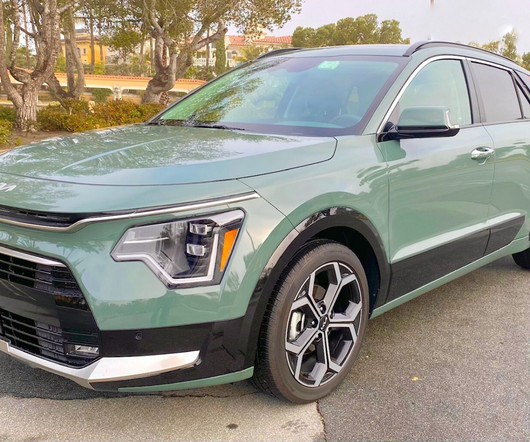


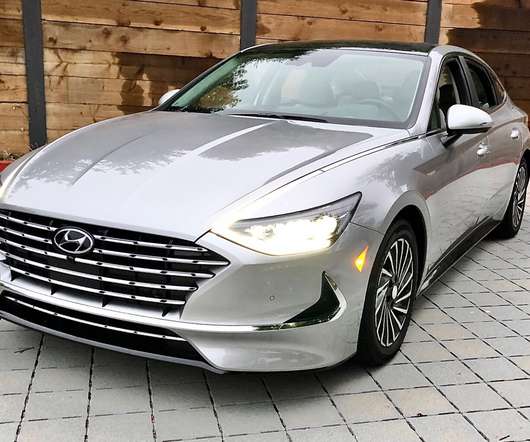

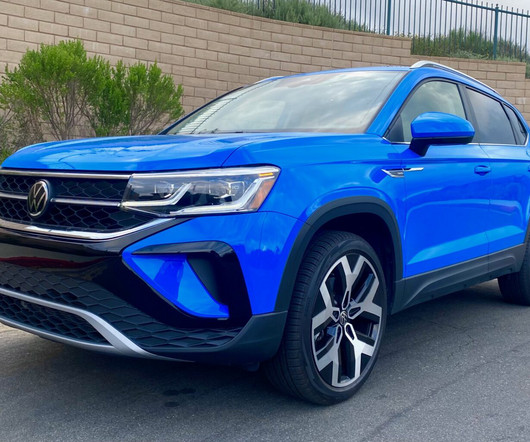


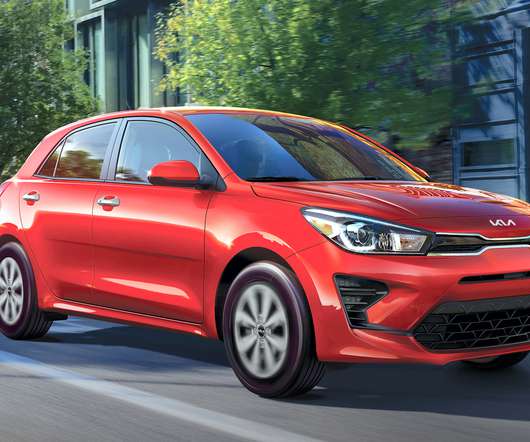

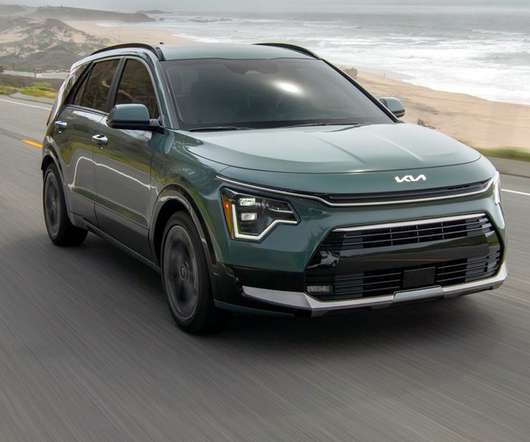
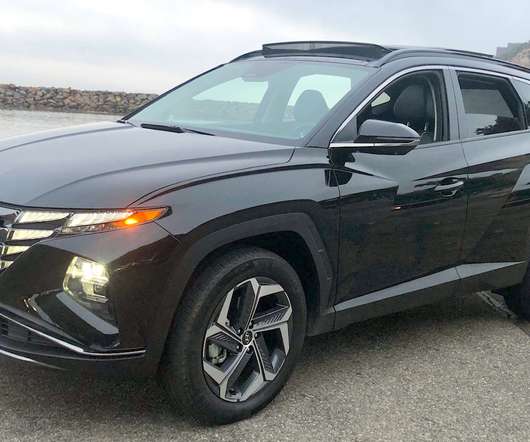

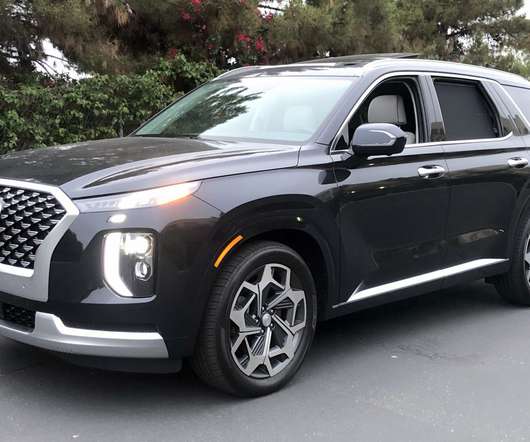
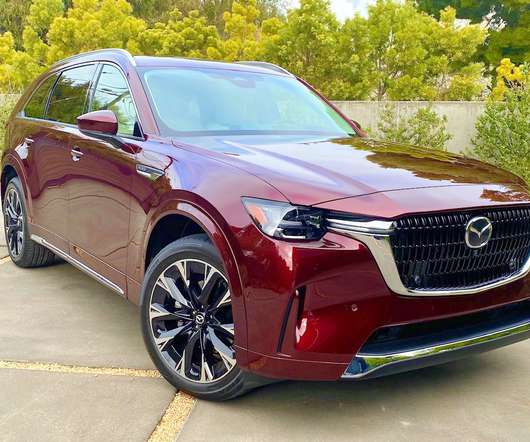
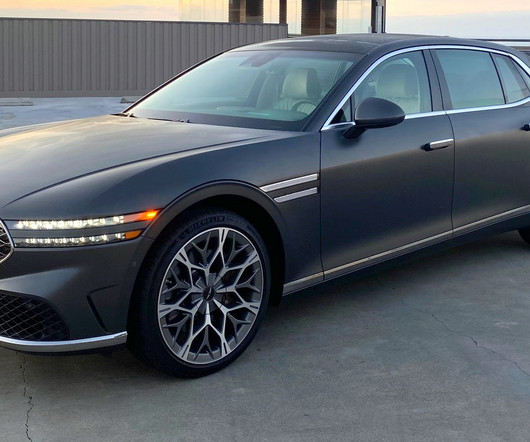







Let's personalize your content